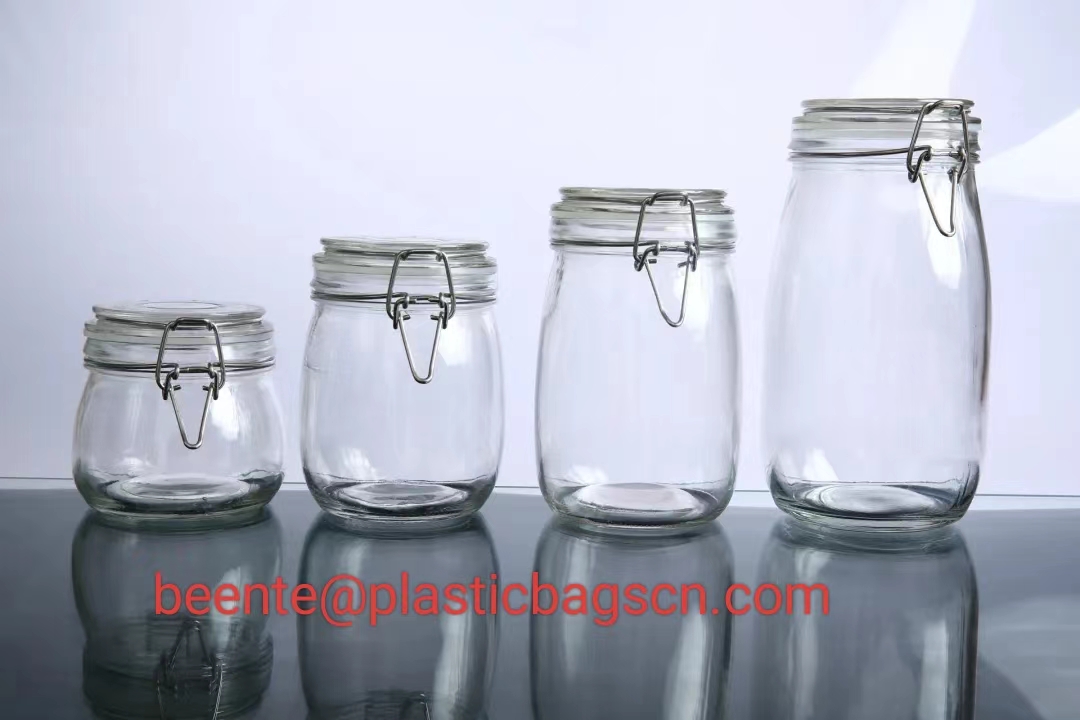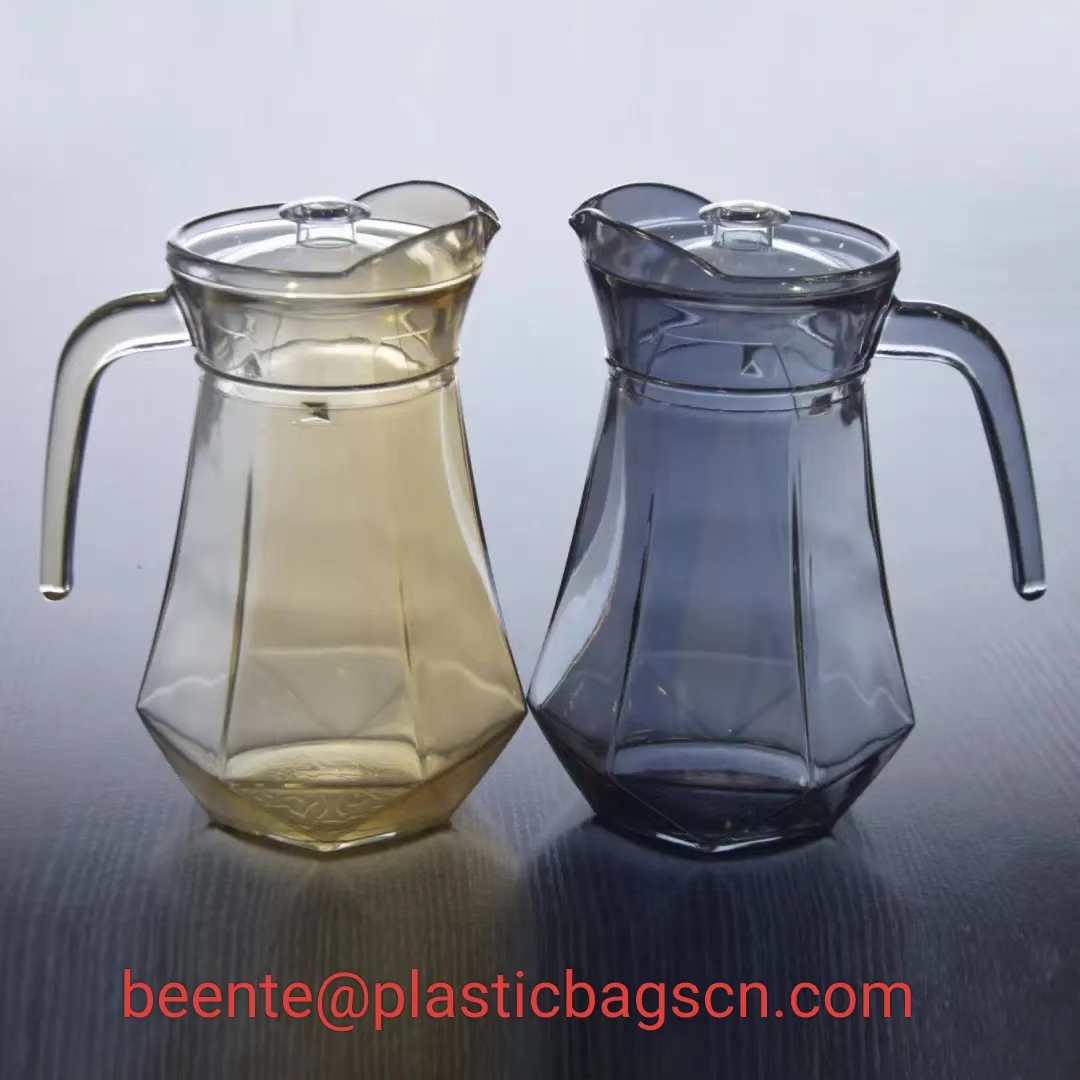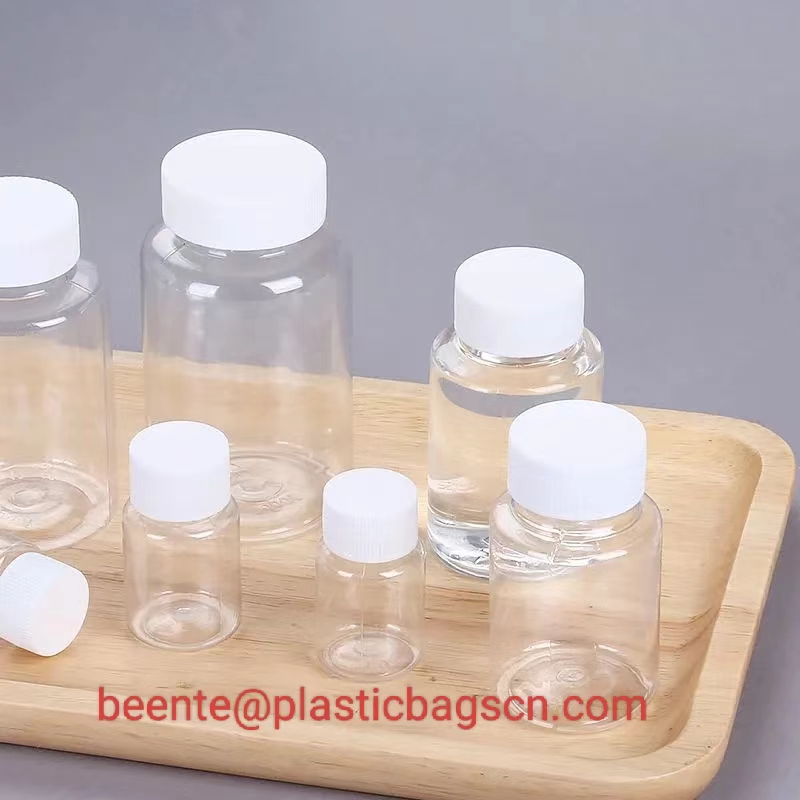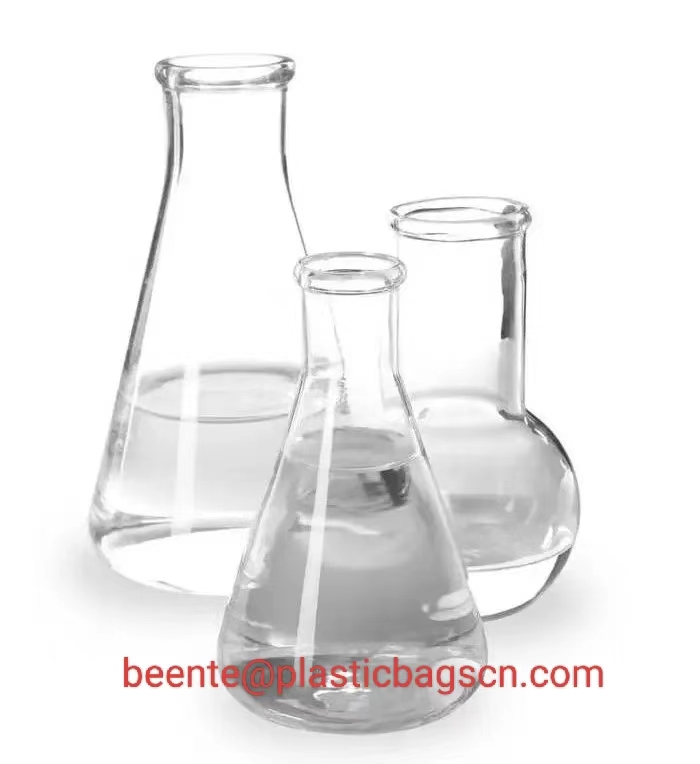 English
English-
 English
English -
 Español
Español -
 Português
Português -
 русский
русский -
 Français
Français -
 日本語
日本語 -
 Deutsch
Deutsch -
 tiếng Việt
tiếng Việt -
 Italiano
Italiano -
 Nederlands
Nederlands -
 ภาษาไทย
ภาษาไทย -
 Polski
Polski -
 한국어
한국어 -
 Svenska
Svenska -
 magyar
magyar -
 Malay
Malay -
 বাংলা ভাষার
বাংলা ভাষার -
 Dansk
Dansk -
 Suomi
Suomi -
 हिन्दी
हिन्दी -
 Pilipino
Pilipino -
 Türkçe
Türkçe -
 Gaeilge
Gaeilge -
 العربية
العربية -
 Indonesia
Indonesia -
 Norsk
Norsk -
 تمل
تمل -
 český
český -
 ελληνικά
ελληνικά -
 український
український -
 Javanese
Javanese -
 فارسی
فارسی -
 தமிழ்
தமிழ் -
 తెలుగు
తెలుగు -
 नेपाली
नेपाली -
 Burmese
Burmese -
 български
български -
 ລາວ
ລາວ -
 Latine
Latine -
 Қазақша
Қазақша -
 Euskal
Euskal -
 Azərbaycan
Azərbaycan -
 Slovenský jazyk
Slovenský jazyk -
 Македонски
Македонски -
 Lietuvos
Lietuvos -
 Eesti Keel
Eesti Keel -
 Română
Română -
 Slovenski
Slovenski
Understanding of Glass Containers
2024-10-05
The structural development of traditional packaging glass containers
According to the different bottlenecks, bottle bodies, shapes, and sizes of glass containers, they can be divided into glass bottles, glass jars, glass cups, glass pots, small medicine bottles, ampoules, large glass bottles with covers, and flasks
According to the different bottlenecks, bottle bodies, shapes, and sizes of glass containers, they can be divided into glass bottles, glass jars, glass cups, glass pots, small medicine bottles, ampoules, large glass bottles with covers, and flasks.

The so-called "glass jar" refers to a wide mouthed glass container with a bottle body diameter almost equal to the bottle mouth diameter. Widely used for packaging powdered coffee, milk powder, pickled vegetables, and the like. The cap of a glass jar usually needs to be lined with a secondary isolation layer on the inner surface of the metal or plastic cap. The secondary isolation layer is composed of aluminum foil/composite glass paper for internal sealing.

A "glass cup" refers to a glass container with a conical shape on the side wall of the bottle, similar to a glass jar, without a bottleneck. Therefore, glass jars can also be seen as a type of glass cup. Glass cups are mostly used to package foods such as jam, jelly, and orange jam.

A "glass pot" refers to a glass container with a short neck and a handle, typically with a capacity of over half a gallon. In the United States, using this short and thick container to hold milk can also be used to package other office or industrial supplies.

A "small medicine bottle" is a general term for small medical glass containers with a diameter of less than 1 inch and a height greater than several times the diameter. The bottom of the bottle is flat. The body of the bottle is cylindrical. There are various shapes of bottle mouths. At first, this small medicine bottle was processed using glass tube blanks, but now it is mostly produced using the hollow forming method. Small medicine bottles are widely used for packaging serum, antibiotics, and other medications.

Ampoule "is a medical special glass container processed from glass tubes, with a flat or curved bottom. The other end is pointed. After filling the medicine, the open end is melted with a flame and sealed. Angong is usually used for packaging medical drugs such as injections and serum.

A large glass bottle with a protective cover "refers to a general term for glass containers with a capacity of 3-13 gallons and protected by a wooden outer cover. Therefore, it is commonly used as a transport container for chemicals, distilled spirits, and corrosive agents. The United States and other countries also use these large glass bottles for short distance transportation of mineral water, distilled water, and beverage water.




